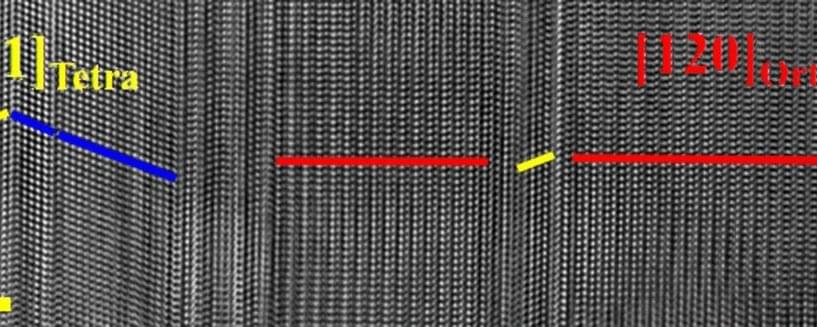His work will be published soon.
Shanghai-born Zhang Yitang is a professor of mathematics at the University of California, Santa Barbara. If a 111-page manuscript allegedly written by him passes peer review, he might become the first person to solve the Riemann hypothesis, The South China Morning Post (SCMP)
The Riemann hypothesis is a 150-year-old puzzle that is considered by the community to be the holy grail of mathematics. Published in 1,859, it is a fascinating piece of mathematical conjecture around prime numbers and how they can be predicted.
Riemann hypothesized that prime numbers do not occur erratically but rather follow the frequency of an elaborate function, which is called the Riemann zeta function. Using this function, one can reliably predict where prime numbers occur, but more than a century later, no mathematician has been able to prove this hypothesis.









